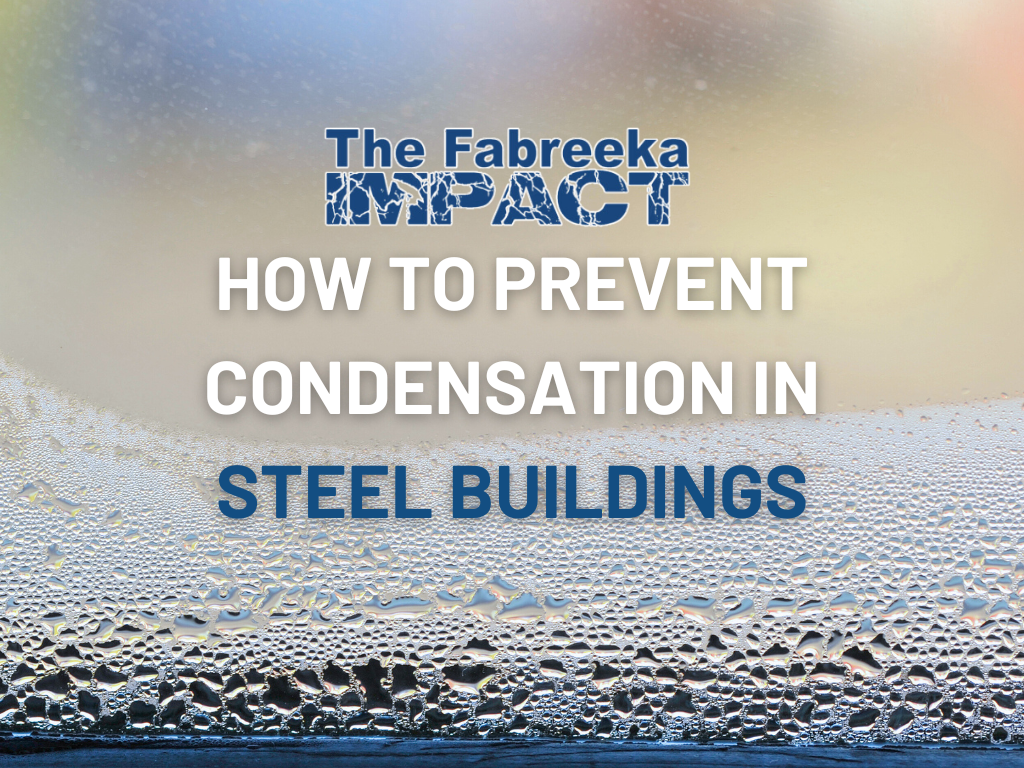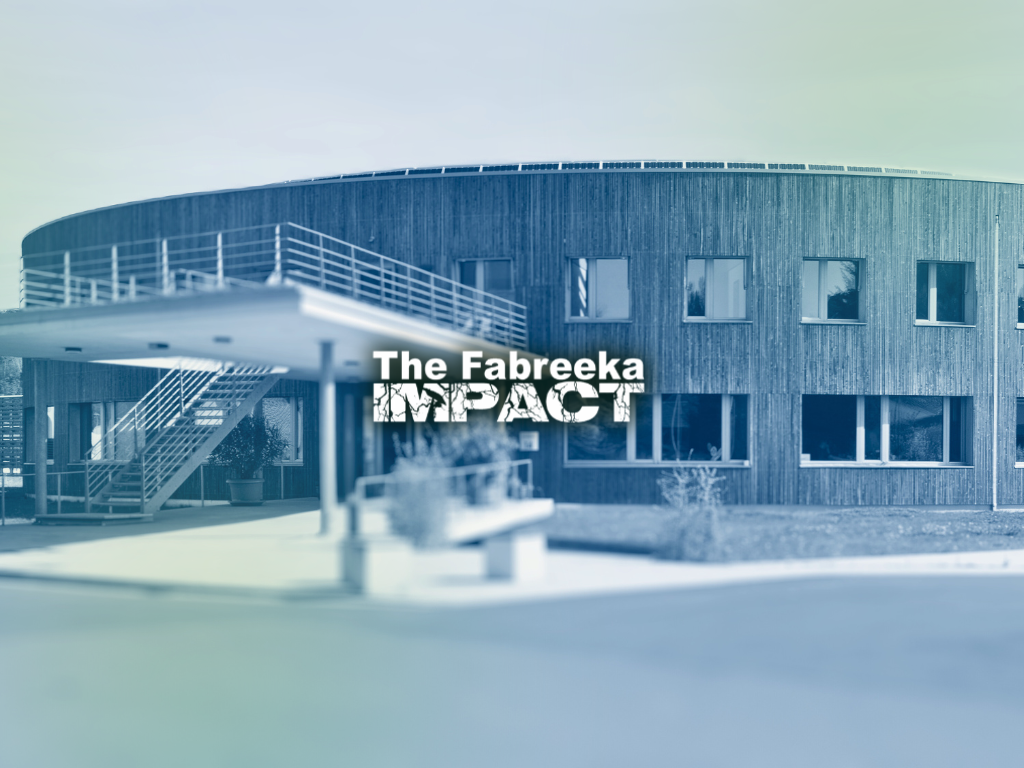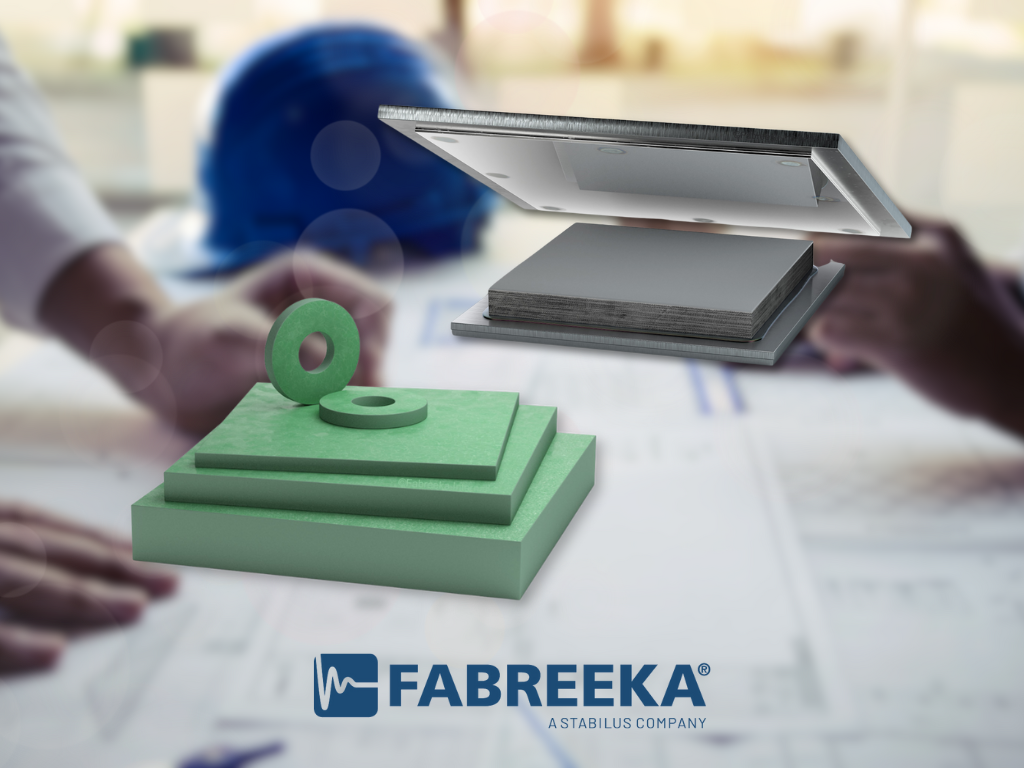Condensation in steel buildings can lead to structural damage and mold growth, but with the right strategies, you can effectively prevent it.
What Causes Condensation in Steel Buildings?
Condensation in steel buildings occurs when warm, moist air comes into contact with cooler surfaces, causing the moisture in the air to condense into water droplets. This is especially prevalent in environments where there is a significant difference between indoor and outdoor temperatures.
Factors such as poor ventilation, high humidity levels, and inadequate insulation can exacerbate the problem. When warm air is unable to escape or circulate properly, it tends to condense on the cooler steel surfaces, leading to potential issues.
Complications from Condensation in Steel Buildings
Condensation can lead to a variety of complications in steel buildings, including structural damage and health hazards. The accumulation of moisture can cause steel to corrode over time, weakening the structure and compromising its integrity.
Additionally, the presence of constant moisture provides an ideal environment for mold growth, which can not only damage building materials further but also pose significant health risks to occupants. Mold spores can cause respiratory issues, allergic reactions, and other health problems.
How Does Thermal Bridging Contribute to Condensation?
Thermal bridging occurs when a conductive material, like steel, transfers heat across a building envelope, leading to localized cold spots. These cold spots are prime locations for condensation to form, as they cause the temperature of the steel surface to drop below the dew point of the surrounding air.

Thermal bridging is often exacerbated by poor insulation and design flaws that fail to account for the thermal conductivity of steel. By addressing these issues, you can significantly reduce the risk of condensation.
YOU MIGHT LIKE: [Sustainable Living Innovations]
The Importance of Thermal Insulation Material in Steel Buildings
Effective thermal insulation is crucial in preventing condensation in steel buildings. Insulation materials help to maintain a consistent temperature within the building, reducing the likelihood of cold spots where condensation can occur.
High-quality insulation not only keeps the internal environment more stable but also enhances energy efficiency by reducing the need for heating and cooling. This dual benefit makes investing in proper insulation a smart choice for both comfort and cost savings.
Structural Thermal Break Solutions from Fabreeka-TIM
Fabreeka-TIM offers innovative structural thermal break solutions designed to mitigate the effects of thermal bridging in steel buildings. These solutions involve the use of specialized materials that are highly effective at reducing heat transfer between structural components.
READ NEXT: [What Is The Best Thermal Break Material]
By incorporating Fabreeka-TIM's thermal break products into your building design, you can significantly lower the risk of condensation, enhance the overall energy efficiency of the structure, and extend the lifespan of the steel components by preventing corrosion.







SUBMIT YOUR COMMENT